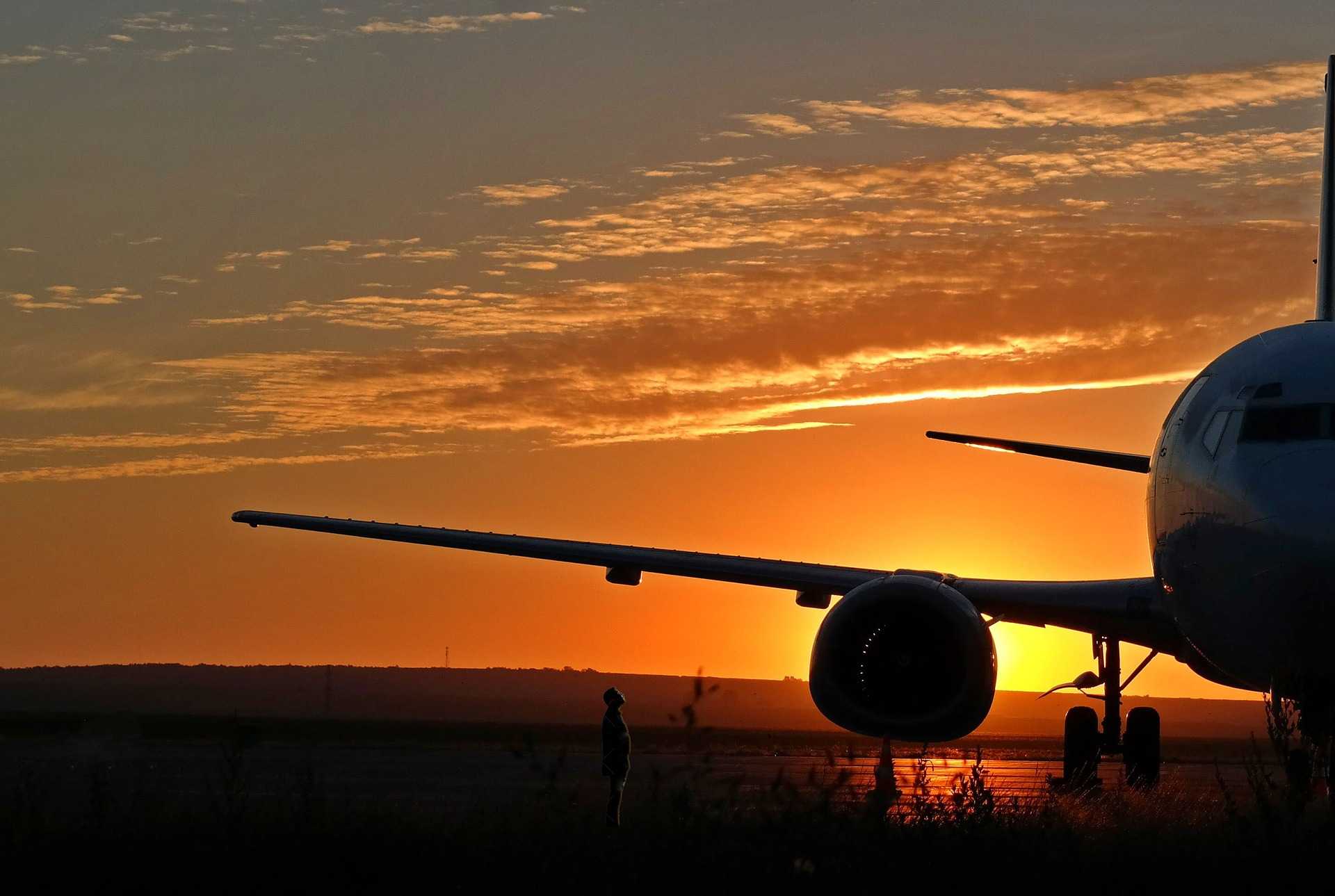Contrary to popular perception, modern air travel boasts an exceptional safety record, with significantly lower fatality rates compared to other modes of transportation like automobiles. The evolution of aviation safety reflects a remarkable journey marked by technological advancements, rigorous training protocols, and stringent regulatory oversight.
Early Challenges and Technological Milestones
The early days of aviation were characterized by inherent risks due to limited aircraft capabilities and materials. However, rapid technological advancements, such as the transition to all-metal aircraft and enhanced pilot training, revolutionized aviation safety by mitigating structural vulnerabilities and improving operational efficiency.
Continual Improvement and Regulatory Vigilance
Over the decades, aviation safety has undergone continuous refinement, driven by a multifaceted approach encompassing pilot training, technological innovation, and regulatory oversight. Stringent inspection protocols, redundant safety systems, and comprehensive regulatory frameworks ensure adherence to the highest safety standards across the aviation industry.
Contemporary Safety Standards and Future Prospects
Today, aviation safety is bolstered by a myriad of advanced systems and procedures, including Crew Resource Management (CRM) and state-of-the-art onboard technologies like the Traffic Collision Avoidance System (TCAS) and Enhanced Ground Proximity Warning System (EGWPS). Despite rare instances of fatal accidents, ongoing efforts focus on further enhancing safety measures and minimizing risk factors, reaffirming aviation’s commitment to passenger well-being and operational excellence.

